St. John the Baptist is one of the most important figures, not only for the Catholic Christian religion, but in general, for all Christian Churches and Islam, which considers him one of the most important prophets that preceded Muhammad.
The Lord Himself said that nobody born from a woman was greater than John the Baptist.
The statues depicting Saint John the Baptist often depict him as a child, to symbolise his precocious vocation. In fact, Catholics venerate him as the Precursor of Christ, the one who was appointed, whilst still in the womb, to prepare the coming of the Savior.
When Mary went to visit Elizabeth, her mother, the baby leapt for joy in her womb in awareness of the imminent birth of Jesus. His birth was announced by the archangel Gabriel, who made the announcement to Mary, and was, as he was his whole life, prophetic for the coming of Christ. Statues in San Giovanni Battista often have a lamb in their arms, a sign of his pastoral dimension of souls.
Patron of the monks, was an ascetic, a hermit and the founder of a community that promises in verses that which was later created by Jesus of Nazareth. His preaching was focused on the imminent breakthrough represented by the advent of Jesus, John referred to as “stronger”, a bearer of salvation.
Giovanni Battista practised baptism as an act of penance, that is to say, immersion in the Jordan River as a sign of penance. The baptism of John the Baptist was not a mere ritual ablution, as mentioned previously among the Jews, but an authentic and conscious act of ‘conversion’ and spiritual choice. The statues representing John the Baptist as an adult show him dressed in leather. He is often wielding an axe, with which, according to tradition, he said he would sever the roots of the trees that would not have borne good fruit.


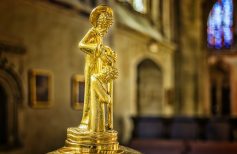
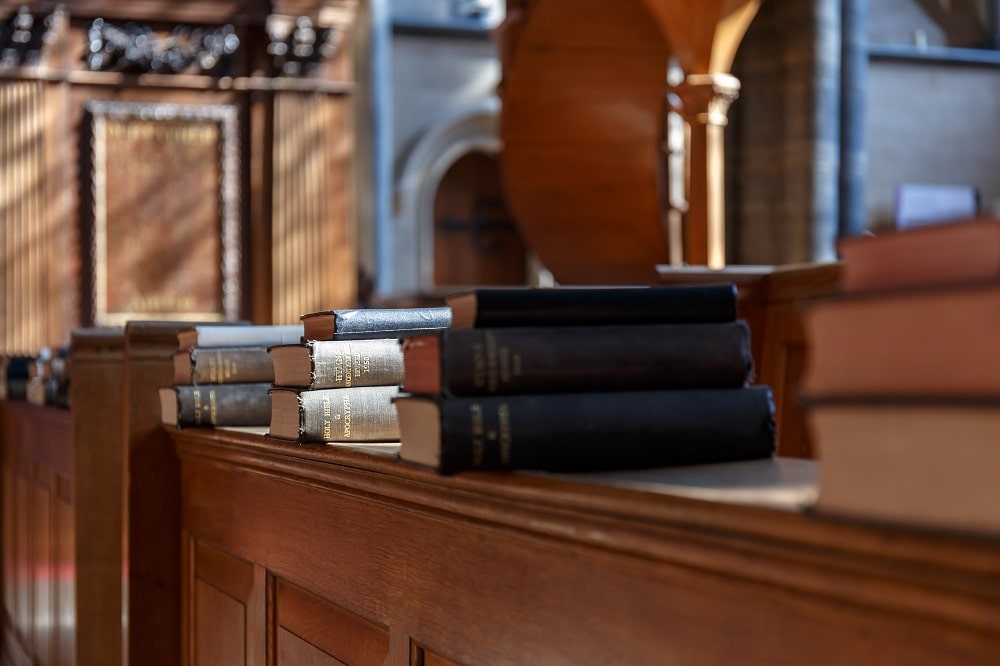

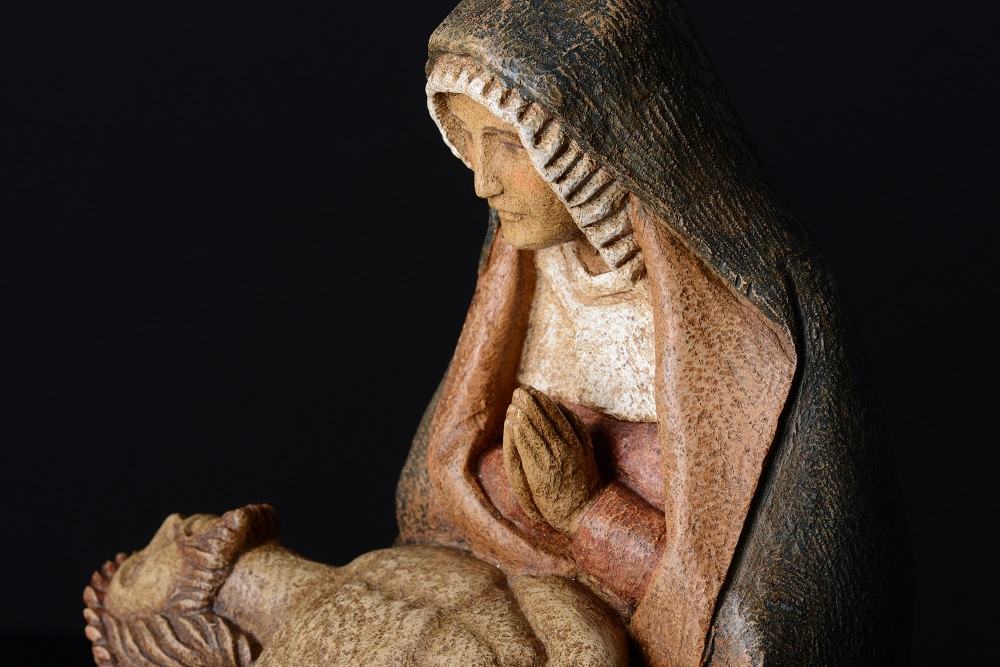
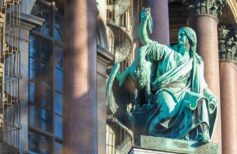
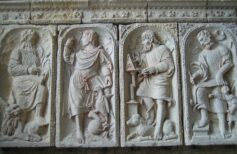
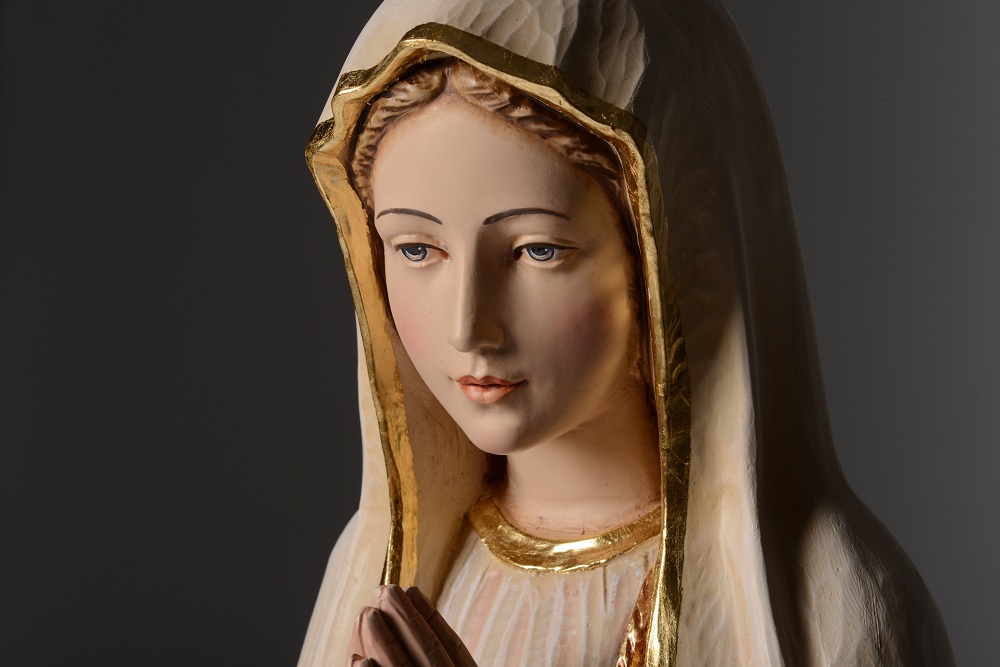

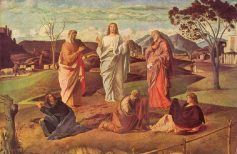








 19 March 2025
19 March 2025






